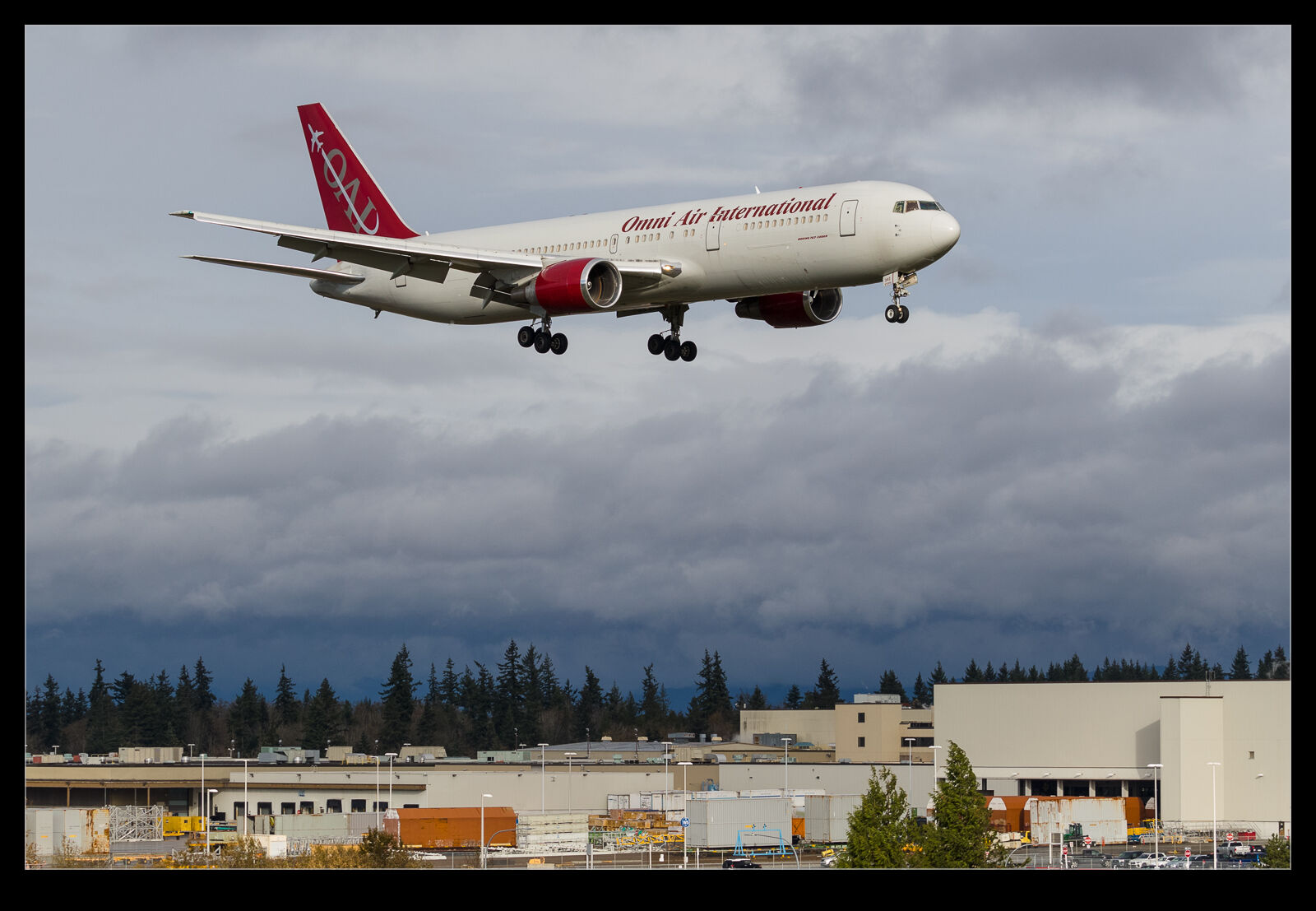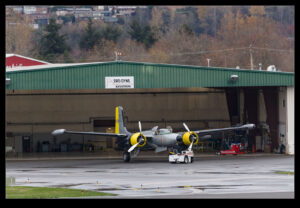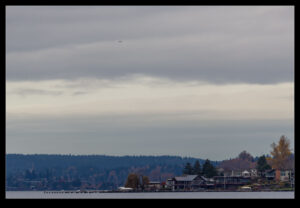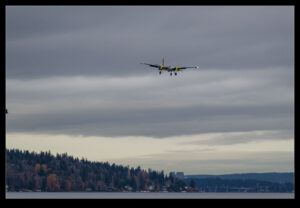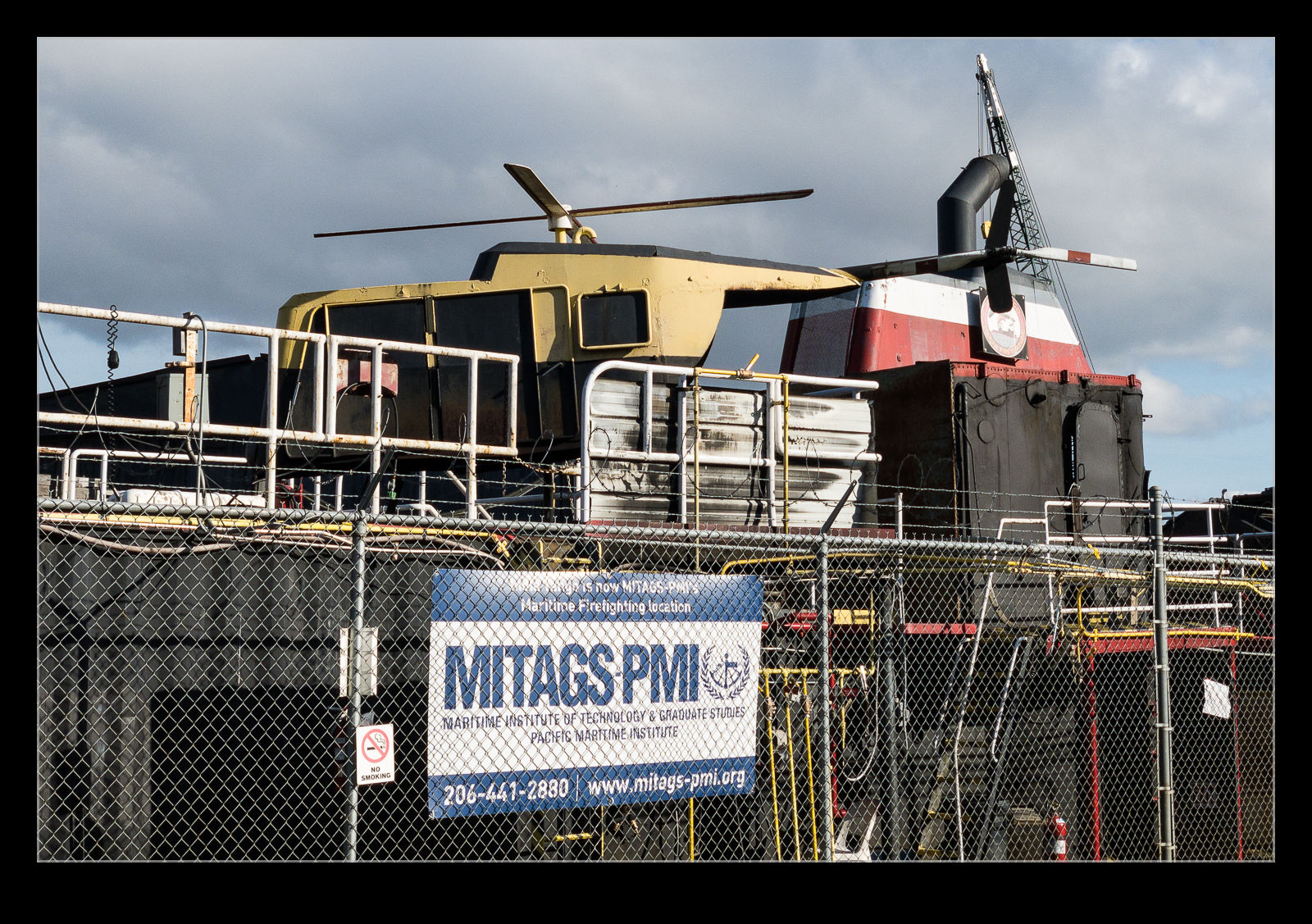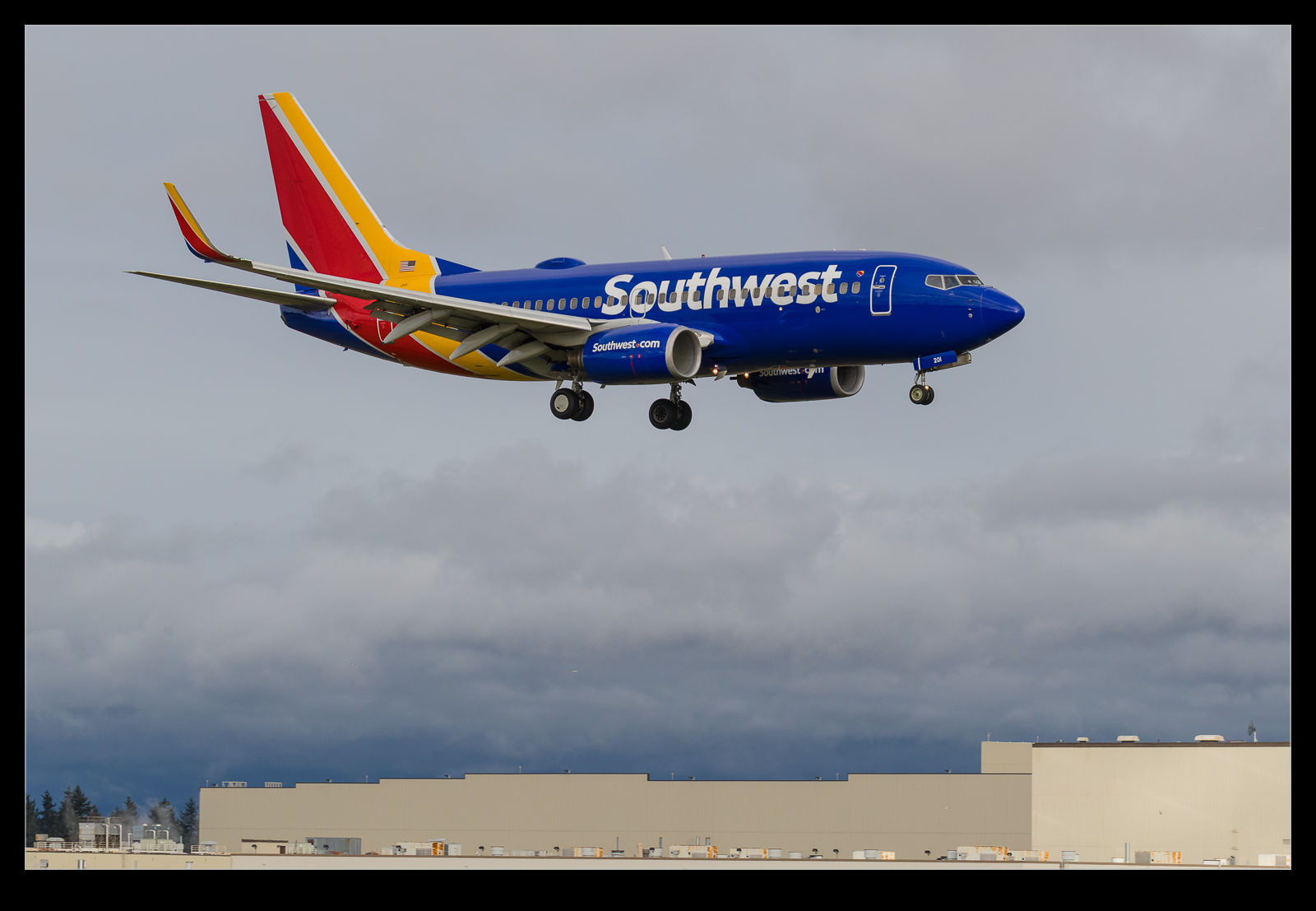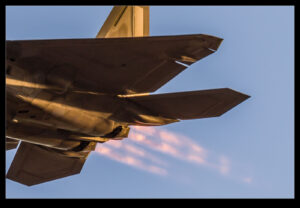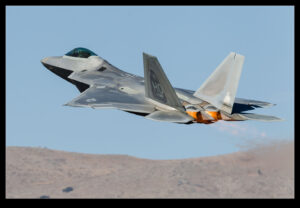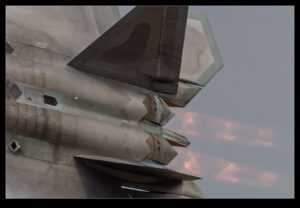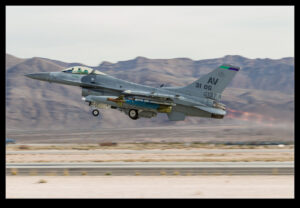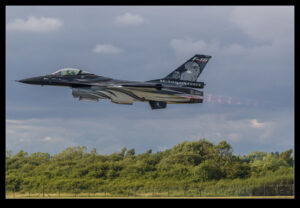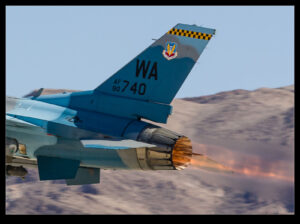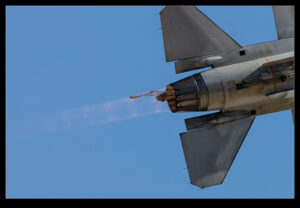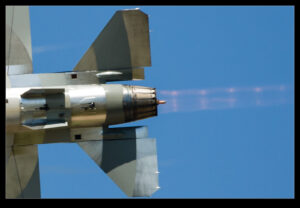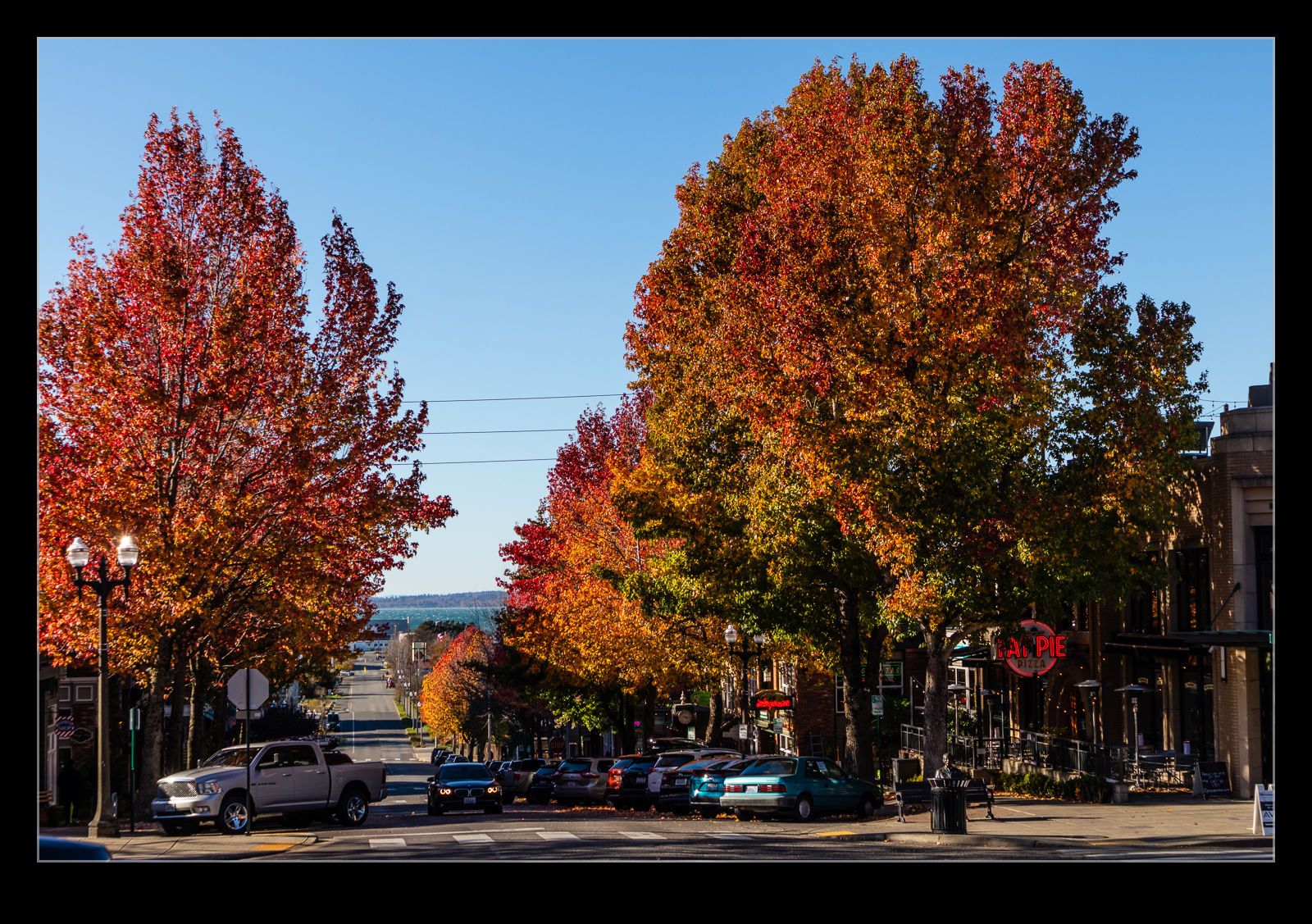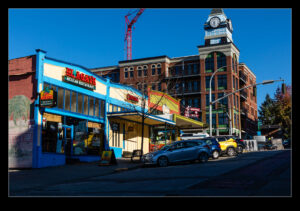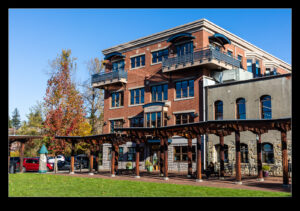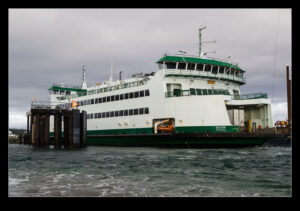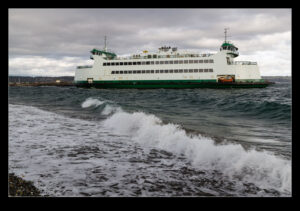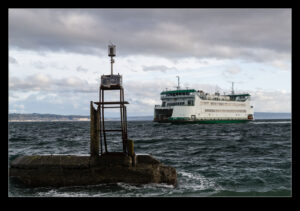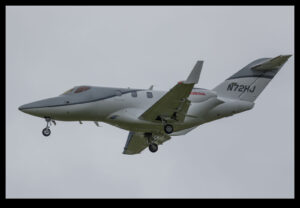 For the second time this year, I was at Paine Field when an Omni Air International 767 showed up. I wrote about the first time in this post. On this occasion, it arrived in some quite blustery conditions but, as it was on final approach, a gap in the clouds opened up and provided some lovely light on the airframe while leaving the background dark and cloudy. It makes for a far more interesting shot that would otherwise be the case on a day like that.
For the second time this year, I was at Paine Field when an Omni Air International 767 showed up. I wrote about the first time in this post. On this occasion, it arrived in some quite blustery conditions but, as it was on final approach, a gap in the clouds opened up and provided some lovely light on the airframe while leaving the background dark and cloudy. It makes for a far more interesting shot that would otherwise be the case on a day like that.
Tag Archives: photo
Views of Mt Rainier On My Way Home
 The drive to Mt St. Helens takes you south passed Mt Rainier. The weather was pretty crummy as I headed south so I didn’t get any views of the mountain as a drove. However, the weather had improved markedly by the time I headed home and the sun angle had come around to illuminate my side of the mountain. Consequently, I stopped a couple of times on my way back north to take some pictures. I want to do some hiking on Mt Rainier at some point but this was as close as I have got – at least on the ground.
The drive to Mt St. Helens takes you south passed Mt Rainier. The weather was pretty crummy as I headed south so I didn’t get any views of the mountain as a drove. However, the weather had improved markedly by the time I headed home and the sun angle had come around to illuminate my side of the mountain. Consequently, I stopped a couple of times on my way back north to take some pictures. I want to do some hiking on Mt Rainier at some point but this was as close as I have got – at least on the ground.
A Bonus With the A-26
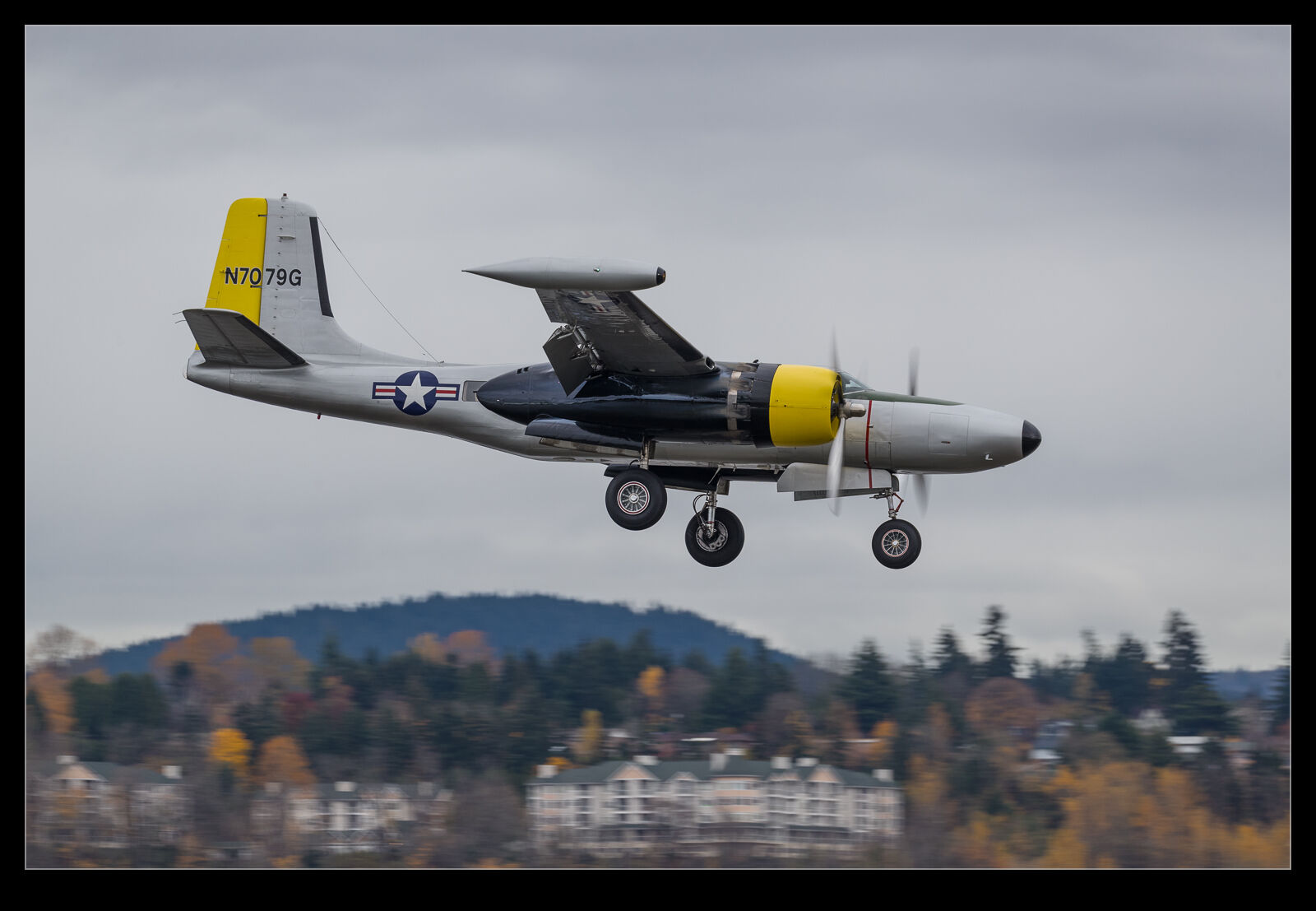 Aside from my two HondaJets and a little other traffic, things were not looking too busy at Boeing Field. I was contemplating my next move when I glanced at FlightRadar and saw a Douglas A-26 was flying over Seattle. This is one that is based at Renton and used as a personal transport by the owner. I have never seen it in action before. Consequently, I was quite excited. At first, I thought it looked like it was turning towards Boeing Field which would have been handy but then it headed north up towards the San Juan Islands.
Aside from my two HondaJets and a little other traffic, things were not looking too busy at Boeing Field. I was contemplating my next move when I glanced at FlightRadar and saw a Douglas A-26 was flying over Seattle. This is one that is based at Renton and used as a personal transport by the owner. I have never seen it in action before. Consequently, I was quite excited. At first, I thought it looked like it was turning towards Boeing Field which would have been handy but then it headed north up towards the San Juan Islands.
 I figured that, even if it was landing up there, it would be coming back to Renton later on so headed off in that direction to work out what flow the pattern was using. The A-26 had departed over the lake to the north but all of the movements now seemed to be from the north so I figured it would come in from that direction. No chance of shooting it from above at the overlook point at the south end but still plenty of options.
I figured that, even if it was landing up there, it would be coming back to Renton later on so headed off in that direction to work out what flow the pattern was using. The A-26 had departed over the lake to the north but all of the movements now seemed to be from the north so I figured it would come in from that direction. No chance of shooting it from above at the overlook point at the south end but still plenty of options.
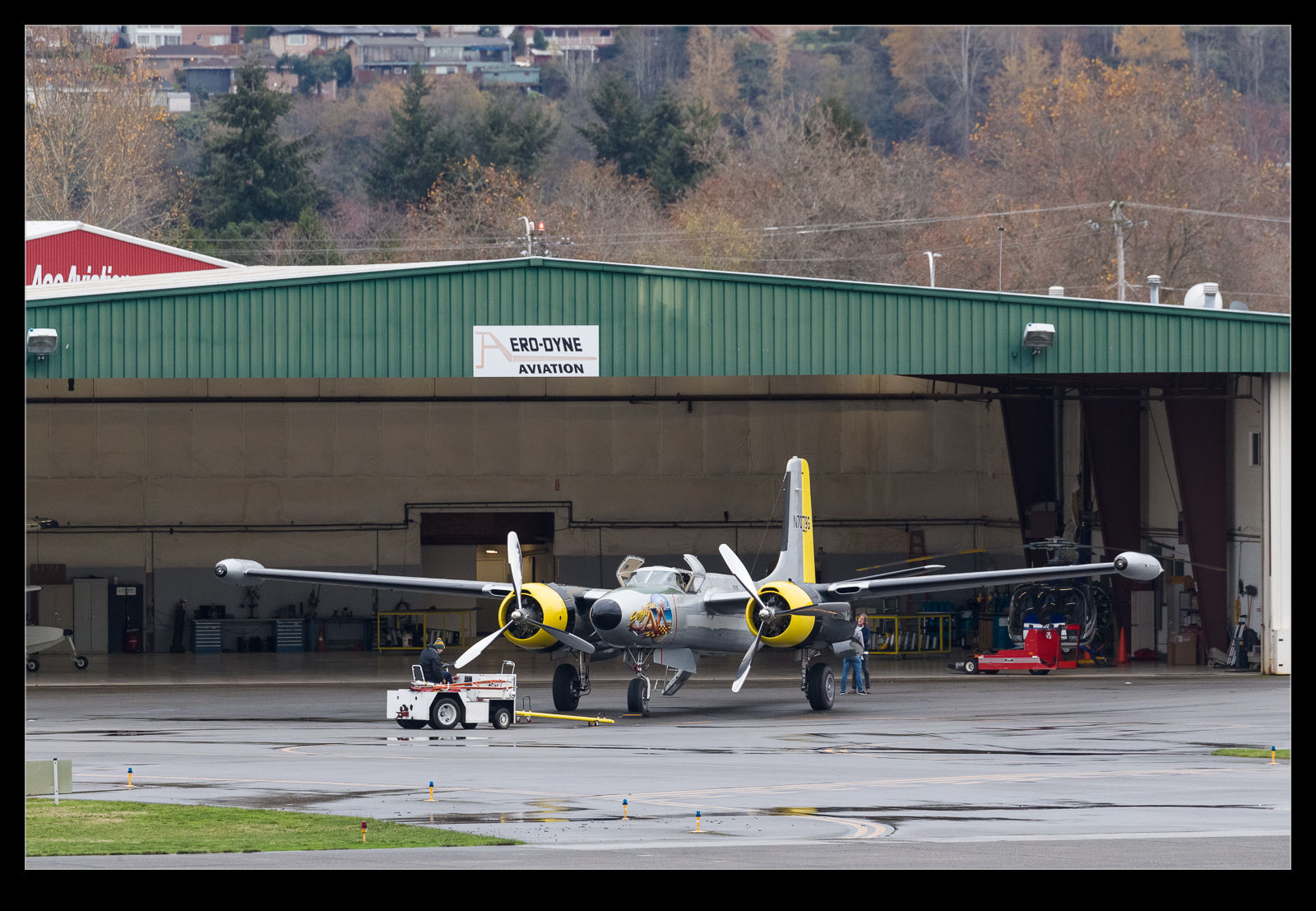 Unfortunately, they have closed off part of the park at the north end of the field and erected fencing. This takes away an area of higher ground which gives a good view of the threshold. However, with a couple of Cessnas bashing the circuit, I was able to see roughly what would be good and what wouldn’t. A check on FlightRadar showed that they had finished flying around the San Juans and were coming back over the city.
Unfortunately, they have closed off part of the park at the north end of the field and erected fencing. This takes away an area of higher ground which gives a good view of the threshold. However, with a couple of Cessnas bashing the circuit, I was able to see roughly what would be good and what wouldn’t. A check on FlightRadar showed that they had finished flying around the San Juans and were coming back over the city.
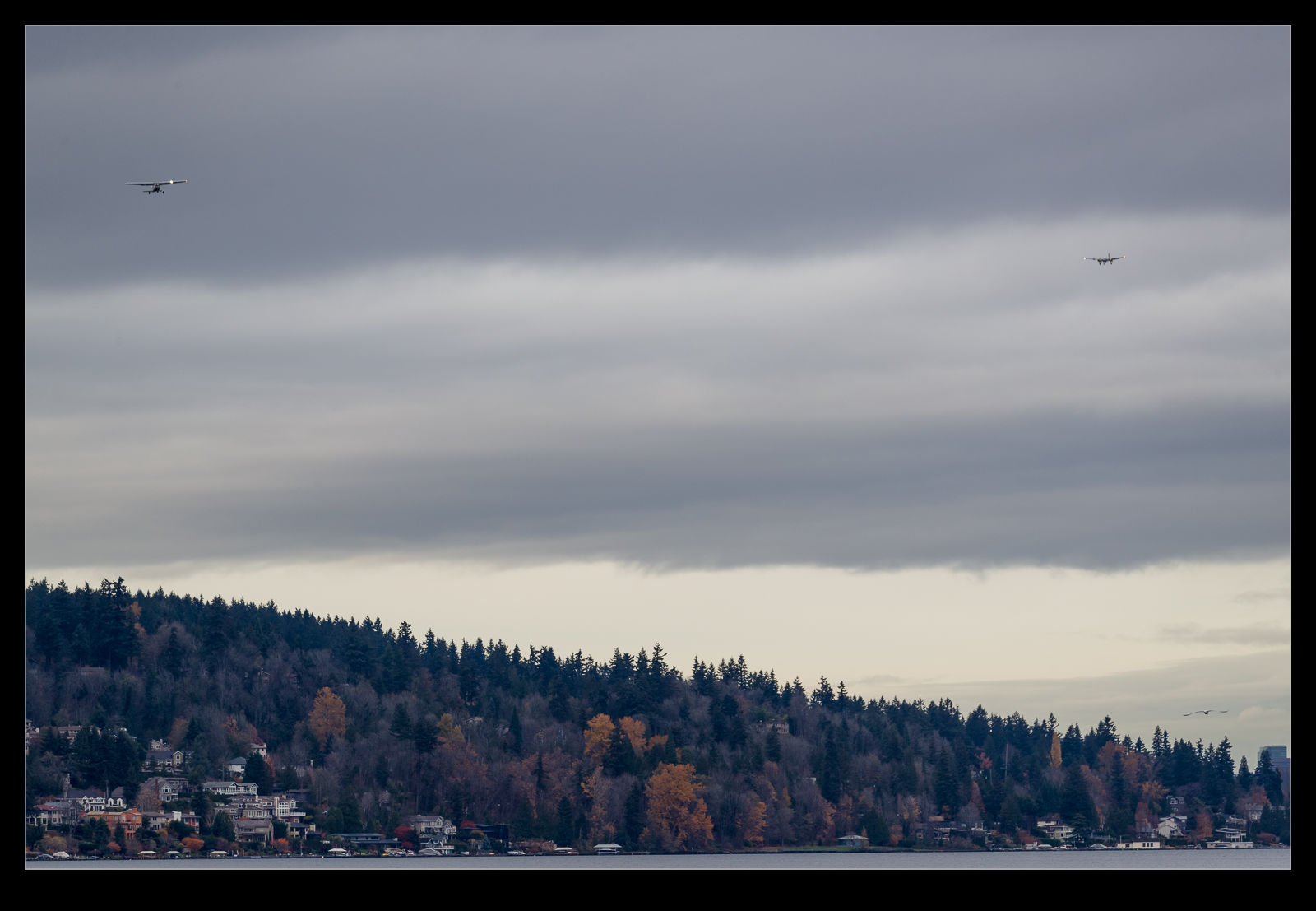 They followed the water from the coast in to Lake Washington and I thought would be coming straight for me. However, they continued over Bellevue instead. I wondered if they were off somewhere else but soon they had turned back and were heading for Renton. Looking up the lake, I could pick them out a long way out, long before they had even configured for landing. With the fall foliage still evident on some of the shorelines, it made for quite a nice shot – something that wouldn’t have been the case at the other end.
They followed the water from the coast in to Lake Washington and I thought would be coming straight for me. However, they continued over Bellevue instead. I wondered if they were off somewhere else but soon they had turned back and were heading for Renton. Looking up the lake, I could pick them out a long way out, long before they had even configured for landing. With the fall foliage still evident on some of the shorelines, it made for quite a nice shot – something that wouldn’t have been the case at the other end.
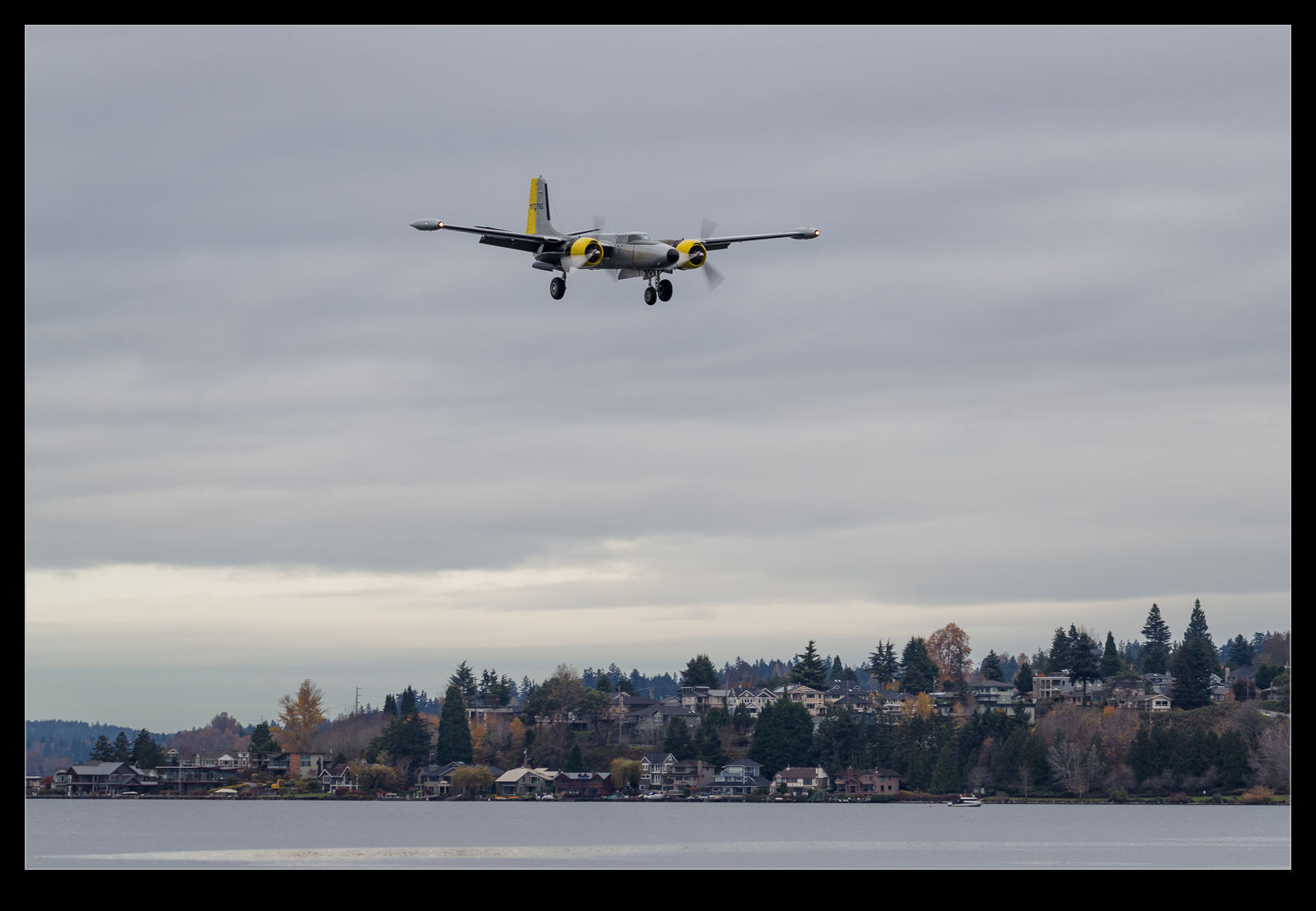 The A-26 is pretty speedy so they were soon on final approach and I grabbed a bunch of shots both tight and wider. Then they zipped by and behind the newly erected fencing! I packed up my stuff and headed off but, as I drove back south, I saw they were still on the ramp outside the hangar. I pulled in a watched them put the plane away. Only at the last minute did I realize that I could have got a closer shot from near the gate but I shouldn’t complain given how lucky I had been to see them out on my day off.
The A-26 is pretty speedy so they were soon on final approach and I grabbed a bunch of shots both tight and wider. Then they zipped by and behind the newly erected fencing! I packed up my stuff and headed off but, as I drove back south, I saw they were still on the ramp outside the hangar. I pulled in a watched them put the plane away. Only at the last minute did I realize that I could have got a closer shot from near the gate but I shouldn’t complain given how lucky I had been to see them out on my day off.
Maritime Fire Training Facility
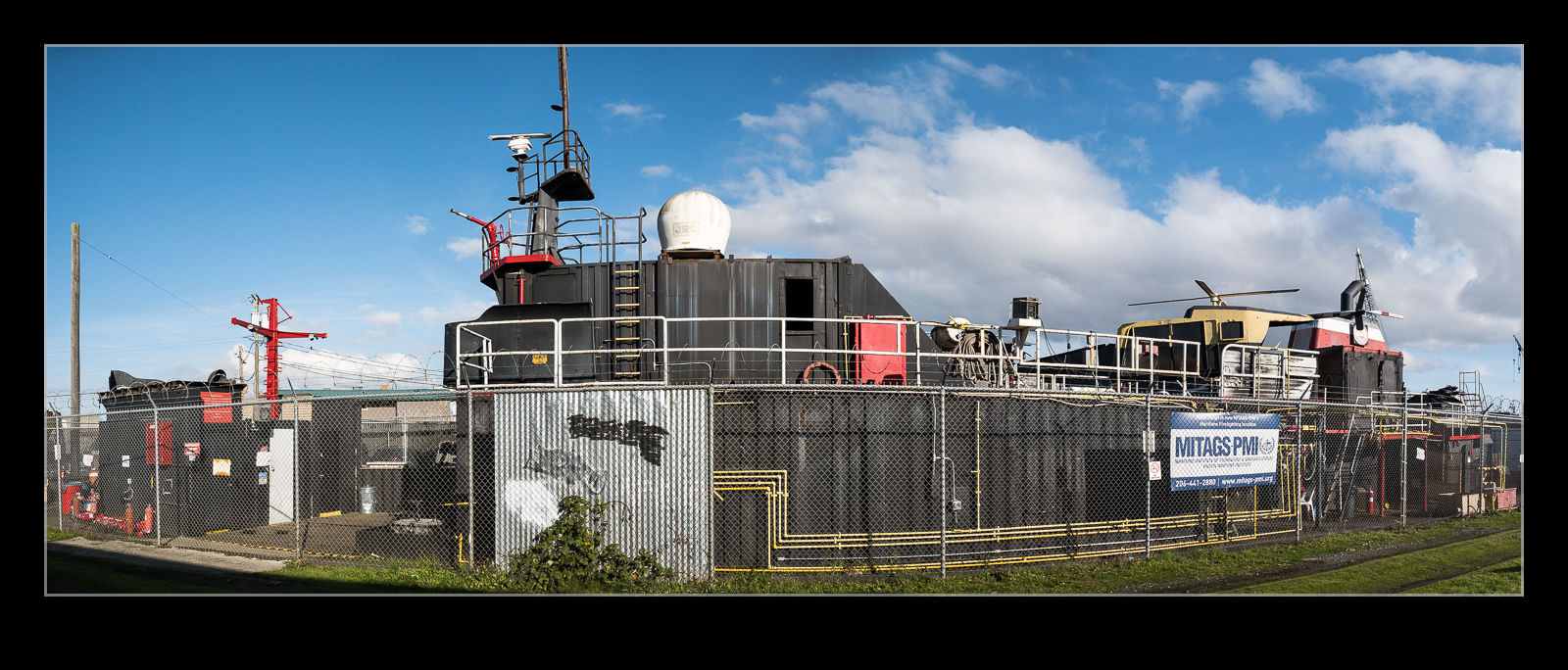 A sunny weekend day at this time of year is not to be wasted so I took a bike ride across to Seattle. I was heading for Discovery Park and one of the trails that made up my route took me passed a lot of the local shipyards. As I approached one of them, I saw what looked like a funnel. Then I realized it was a mock up of a whole ship. It even had a helicopter on a pad. One my return journey, I stopped to take a look. I realized that there was a lot of piping underneath the structure and it had a notice about a fire training facility. I guess they can simulate fires in different parts of the vessel and crews can be trained to handle them. I wonder what it is like on the trail when the training is underway.
A sunny weekend day at this time of year is not to be wasted so I took a bike ride across to Seattle. I was heading for Discovery Park and one of the trails that made up my route took me passed a lot of the local shipyards. As I approached one of them, I saw what looked like a funnel. Then I realized it was a mock up of a whole ship. It even had a helicopter on a pad. One my return journey, I stopped to take a look. I realized that there was a lot of piping underneath the structure and it had a notice about a fire training facility. I guess they can simulate fires in different parts of the vessel and crews can be trained to handle them. I wonder what it is like on the trail when the training is underway.
Landing a Southwest 737 in a Crosswind
 This Southwest 737-700 was completing a test flight at Paine Field. The crosswind was pretty strong so the pilot used the wing down approach to handling the crosswind. They touched down on the starboard gear and bounced a bit before settling those wheels on the surface. A short while later, they rolled wings level and the port gear made contact. Aside from the bounce, a pretty good example of landing in a crosswind in a big jet.
This Southwest 737-700 was completing a test flight at Paine Field. The crosswind was pretty strong so the pilot used the wing down approach to handling the crosswind. They touched down on the starboard gear and bounced a bit before settling those wheels on the surface. A short while later, they rolled wings level and the port gear made contact. Aside from the bounce, a pretty good example of landing in a crosswind in a big jet.
Shock Diamonds and the F-22
Within the very high speed flows of air in an aircraft’s exhaust, you can set up a series of shock waves and expansion fans as a result of the differences between the pressure of the flow and that of the surrounding air. When afterburner is engaged, the hot gases and the temperature changes these shocks and expansions cause, result in a diamond pattern forming in the exhaust plume. In darker conditions, these diamonds are more conspicuous but they are visible even in normal daylight.
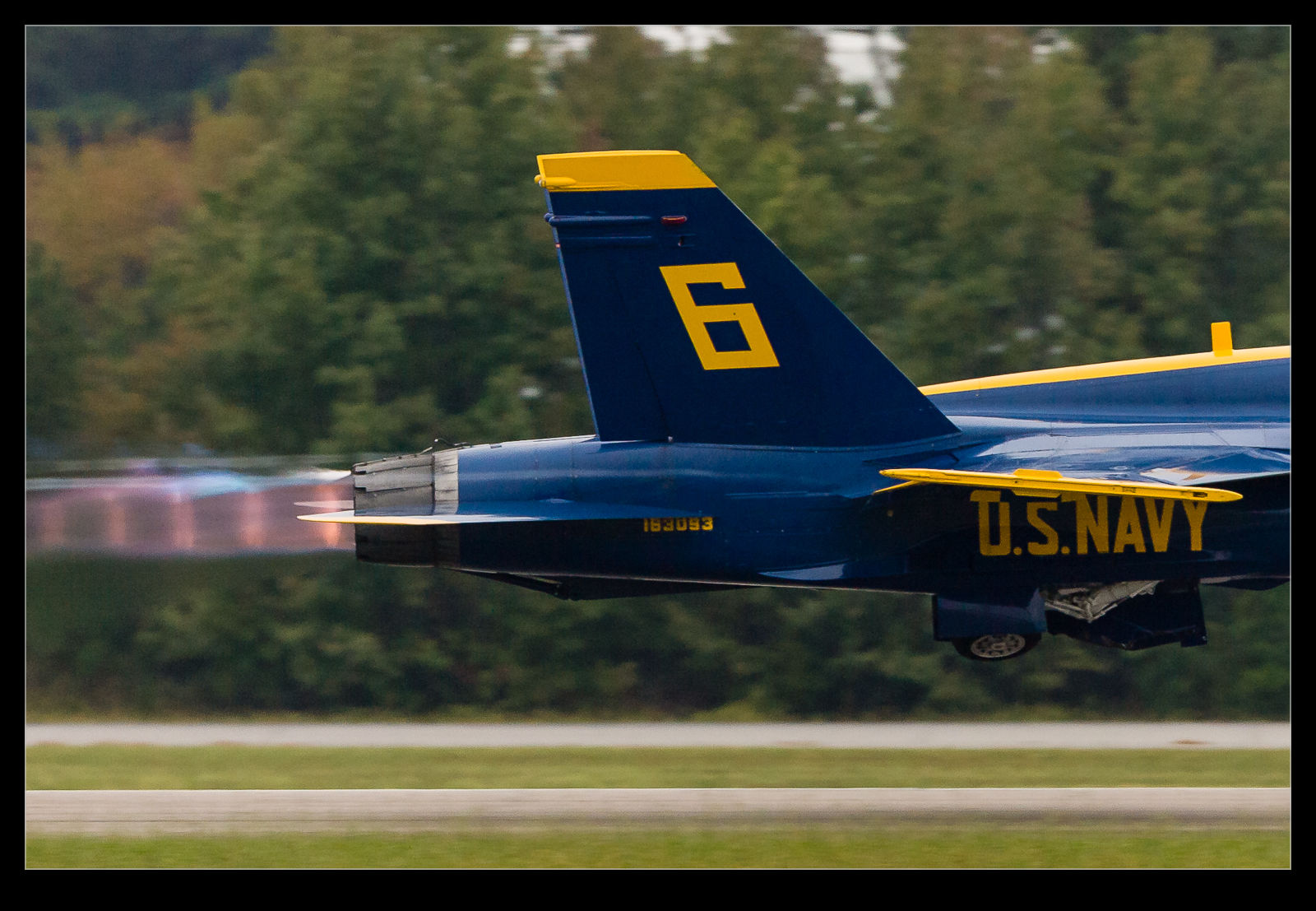 These diamond patterns are a function of the flow being symmetrical since most engines have round exhaust nozzles. This isn’t the case for the F-22, though. It has flattened nozzles with a pointed profile top and bottom. This got me wondering what the effect is on the exhaust plume and whether the traditional diamonds are formed or whether the nozzle shape results in a different pattern of shock and expansions as they reflect within the plume. I decided to dig in to some shots to see what I could find.
These diamond patterns are a function of the flow being symmetrical since most engines have round exhaust nozzles. This isn’t the case for the F-22, though. It has flattened nozzles with a pointed profile top and bottom. This got me wondering what the effect is on the exhaust plume and whether the traditional diamonds are formed or whether the nozzle shape results in a different pattern of shock and expansions as they reflect within the plume. I decided to dig in to some shots to see what I could find.
 I don’t have a lot of F-22 afterburner shots. While I have shot them a lot taking off, they often take off without afterburner. Since they have plenty of power and burner use dramatically increases fuel consumption (and the F-22 is not over-endowed with range as it is), there is no point using burner if it isn’t needed. Air shows are a time when they do give it plenty of burner, so that is the source of the shots.
I don’t have a lot of F-22 afterburner shots. While I have shot them a lot taking off, they often take off without afterburner. Since they have plenty of power and burner use dramatically increases fuel consumption (and the F-22 is not over-endowed with range as it is), there is no point using burner if it isn’t needed. Air shows are a time when they do give it plenty of burner, so that is the source of the shots.
 The result of this is that there is definitely something unusual about the shock patterns. I include some shots of F-16 and F/A-18 afterburner plumes and the normal shock patterns that create the hotspots known as the diamonds are very obvious and simple in shape. For the F-22, things are very different with the patterns of hot zones being something more in line with the shape of the nozzle. The way in which the patterns repeat is more complex than for an axisymmetric nozzle. There is nothing much to conclude in these observations. It is just something that appeals to an old aero guy like me.
The result of this is that there is definitely something unusual about the shock patterns. I include some shots of F-16 and F/A-18 afterburner plumes and the normal shock patterns that create the hotspots known as the diamonds are very obvious and simple in shape. For the F-22, things are very different with the patterns of hot zones being something more in line with the shape of the nozzle. The way in which the patterns repeat is more complex than for an axisymmetric nozzle. There is nothing much to conclude in these observations. It is just something that appeals to an old aero guy like me.
- A heavily loaded USAF Lockheed Martin F-16CJ Fighting Falcon gets airborne from Nellis AFB NV.
Fairhaven Washington
 A sunny fall weekend day is a good time to go out to somewhere new. Nancy suggested we head up in the direction of Bellingham. On our way in to the city, we stopped off in the Fairhaven district. This is an old town area that has a core of nice little shops and restaurants. We had a stroll around and I took the M6. The fall colors and the bricks of the buildings looked great with my sunglasses on but that was assisted by the polarizing effect. Since I had left a proper polarizer in the car, I tried shooting a few shots through the sunglasses’ lenses!
A sunny fall weekend day is a good time to go out to somewhere new. Nancy suggested we head up in the direction of Bellingham. On our way in to the city, we stopped off in the Fairhaven district. This is an old town area that has a core of nice little shops and restaurants. We had a stroll around and I took the M6. The fall colors and the bricks of the buildings looked great with my sunglasses on but that was assisted by the polarizing effect. Since I had left a proper polarizer in the car, I tried shooting a few shots through the sunglasses’ lenses!
 The area seemed to have plenty on offer for a visitor. It was a bit cold and blowy so sitting outside was not too appealing but, in different times, it looks like somewhere that might be worth a further visit. Some more time to peruse the shops and galleries as well as to try out the breweries would seem like a plan. Not a huge amount on offer but, when it is so easily accessible from home, definitely worth a go.
The area seemed to have plenty on offer for a visitor. It was a bit cold and blowy so sitting outside was not too appealing but, in different times, it looks like somewhere that might be worth a further visit. Some more time to peruse the shops and galleries as well as to try out the breweries would seem like a plan. Not a huge amount on offer but, when it is so easily accessible from home, definitely worth a go.
Falcon 2000LX Fighting the Wind
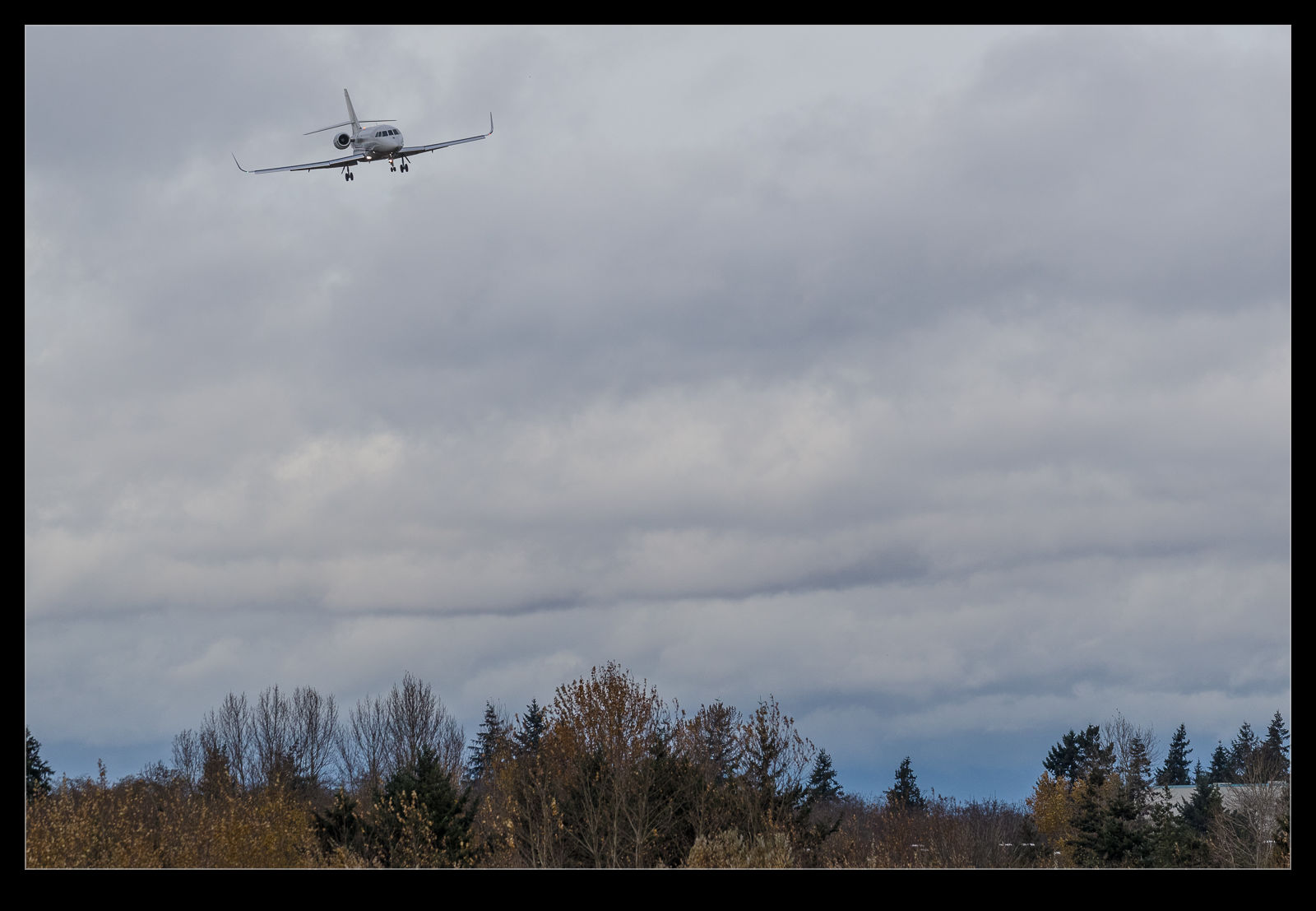 I talked about a Janet 737 coming in to Paine Field in this recent post. A couple of minutes ahead of it was the arrival of a Falcon 2000. The conditions were very blustery and the Falcon was bouncing around on final approach. It got quite a wing drop at one point and I did get a shot as it recovered but not showing quite how much it had rolled at its peak. As for the Janet, conditions were not great for lighting but it was not too bad.
I talked about a Janet 737 coming in to Paine Field in this recent post. A couple of minutes ahead of it was the arrival of a Falcon 2000. The conditions were very blustery and the Falcon was bouncing around on final approach. It got quite a wing drop at one point and I did get a shot as it recovered but not showing quite how much it had rolled at its peak. As for the Janet, conditions were not great for lighting but it was not too bad.
Port Townsend Ferry
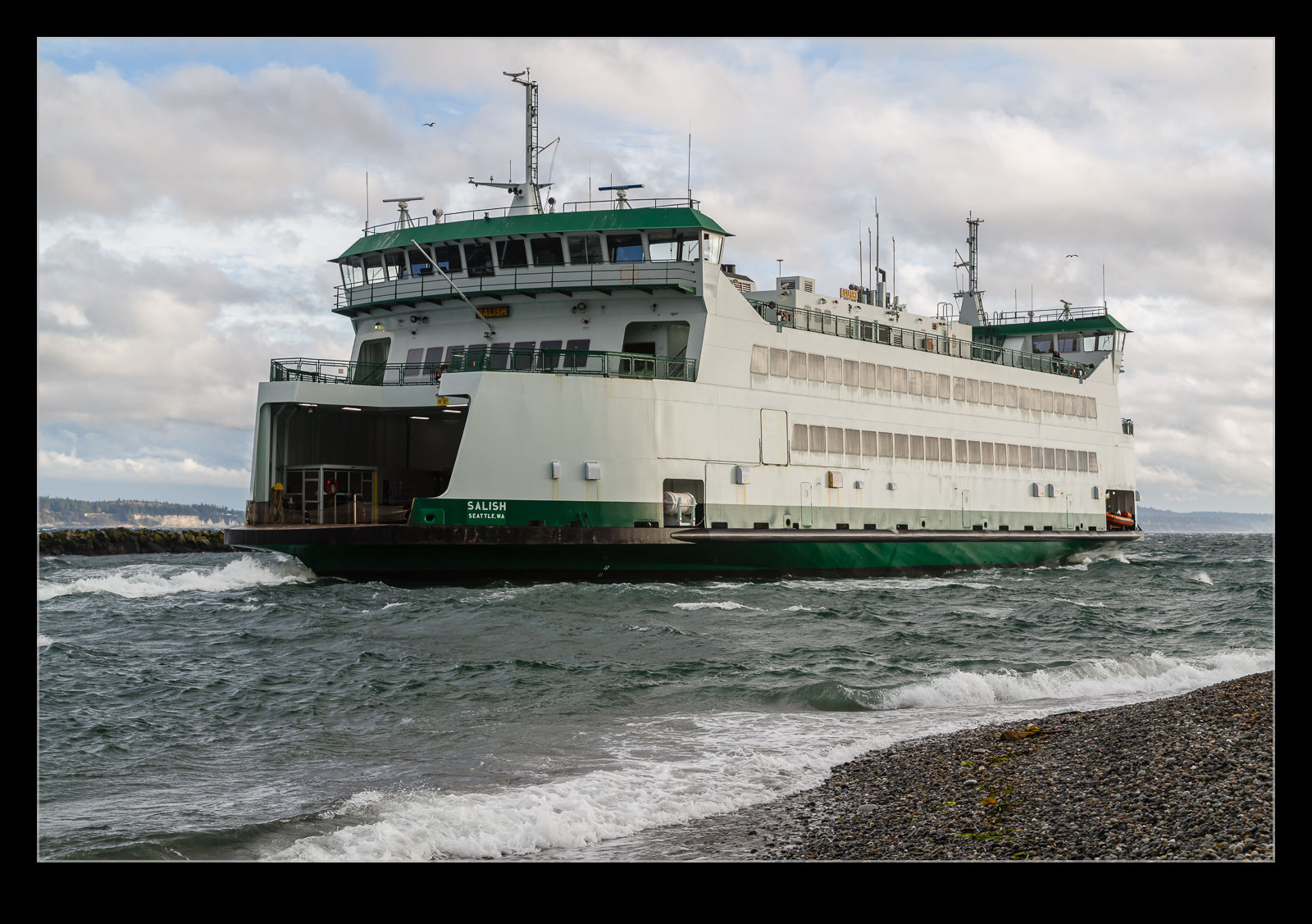 The Washington State Ferry from Port Townsend comes into the Keystone Harbor. I figured I would await its arrival. The shallow harbor means that they have smaller ferries for this route. They were actually in the process of dredging the harbor at the time of my visit to maintain access for the ferry. Even though it is a smaller ferry, when you are standing at the water’s edge, it is definitely more imposing. They turned the ferry pretty quickly since the vehicle traffic didn’t look too heavy. I think the rougher crossing might have slowed them down so a quick turn helped keep the schedule.
The Washington State Ferry from Port Townsend comes into the Keystone Harbor. I figured I would await its arrival. The shallow harbor means that they have smaller ferries for this route. They were actually in the process of dredging the harbor at the time of my visit to maintain access for the ferry. Even though it is a smaller ferry, when you are standing at the water’s edge, it is definitely more imposing. They turned the ferry pretty quickly since the vehicle traffic didn’t look too heavy. I think the rougher crossing might have slowed them down so a quick turn helped keep the schedule.
HondaJets in the Murk
 I was pondering what to do with a day off. I was struggling to come up with a plan and the weather was not ideal for photography but I then saw that not one but two HondaJets were due in to Boeing Field within an hour of each other. I have only shot one flying before and it was very distant so I figured this would be the motivation to get me out.
I was pondering what to do with a day off. I was struggling to come up with a plan and the weather was not ideal for photography but I then saw that not one but two HondaJets were due in to Boeing Field within an hour of each other. I have only shot one flying before and it was very distant so I figured this would be the motivation to get me out.
 The sky was very overcast with a grey background that made me hope for planes painted in an interesting color scheme. Unfortunately, both jets were in Honda schemes with grey as the main paint so they were hardly ideal for shooting in such conditions. However, I didn’t have much of a choice so I got both of them on the approach. If only one of them could have been a bit more colorful.
The sky was very overcast with a grey background that made me hope for planes painted in an interesting color scheme. Unfortunately, both jets were in Honda schemes with grey as the main paint so they were hardly ideal for shooting in such conditions. However, I didn’t have much of a choice so I got both of them on the approach. If only one of them could have been a bit more colorful.
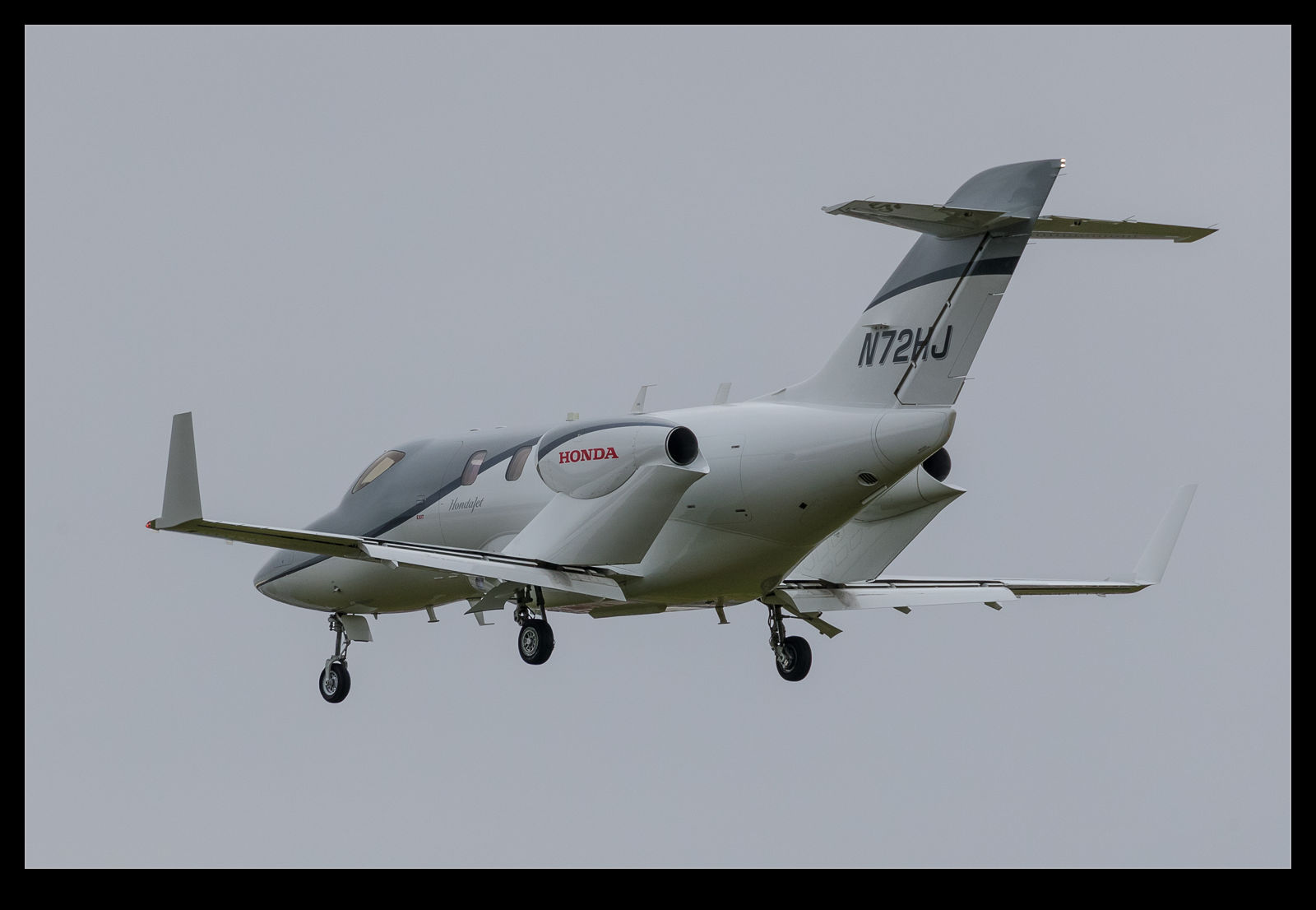 As I was heading off to my next stop, I drove past the Kenmore ramp and saw that one of them was parked up there. A quick diversion in and I added a ground shot of one of the jets. Not sure where the other one was parked but I would assume it was on Modern’s ramp.
As I was heading off to my next stop, I drove past the Kenmore ramp and saw that one of them was parked up there. A quick diversion in and I added a ground shot of one of the jets. Not sure where the other one was parked but I would assume it was on Modern’s ramp.
